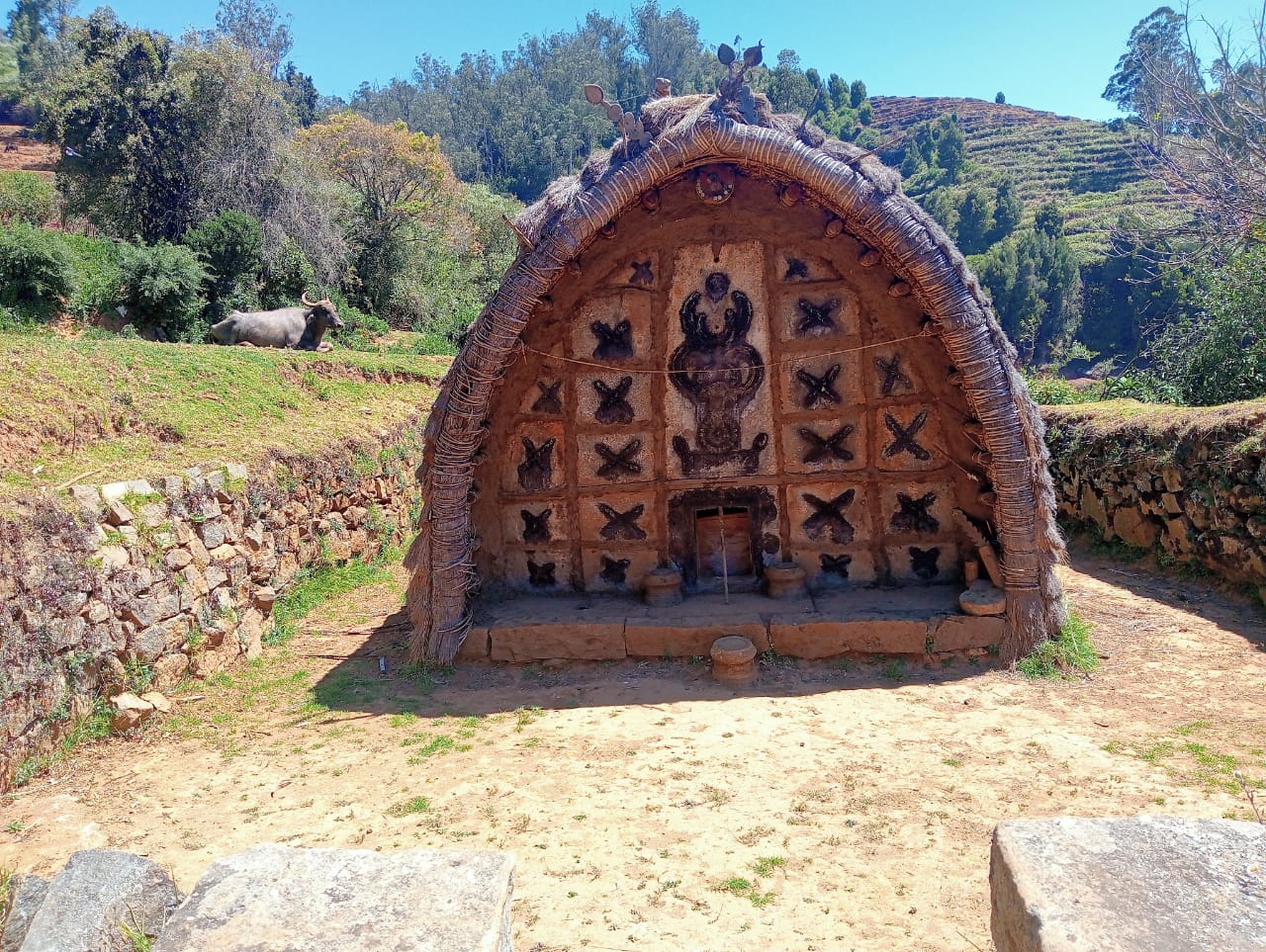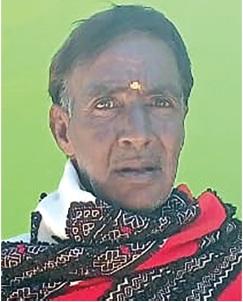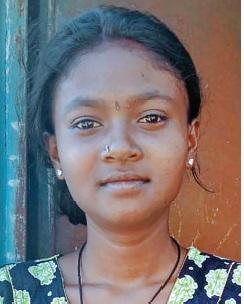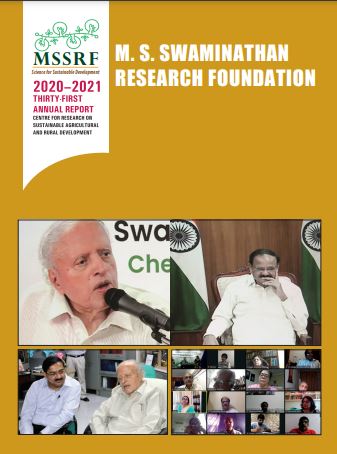Beyond the Blossoms: Exploring Another Side of Ooty
As the summer heat intensifies, water shortages are beginning to surface in the capital city of Chennai. The looming water crisis in metropolitan cities like Chennai and Bengaluru dominates headlines, causing concern for everyone. Yet, we often overlook the water problem faced by tribal communities residing in hilly areas, which remains largely unnoticed.
Water supply was abundant earlier in streams, springs and wells in the habitations of the Nilgiri tribal people. This is not the case at present. Due to climate change and deforestation, tribals are losing their water sources. Their condition worsens during summer.
Nilgiris is one of the districts with the largest number of tribal people in Tamil Nadu. There are more than 730 tribes in India. There are 36 types of tribal people living in Tamil Nadu alone.
There are 6 tribes living in the Nilgiris district namely Thodavar (Todar), Kothar, Krumbar, Baniyar, Kattu Nayakar and Irular. The government has defined these as ‘archaic tribal groups’.
Death Season:
Masinakudi is located 30 Kms from Udagamandalam (ooty). Masinagudi, once known as a scenic spot, now looks like a dry land most days of the year.
Villagers were gearing up for the famous Mariamman temple festival at Pokkapuram in Masinagudi. In the same Bokkapuram, there was no sign of the festival at Krumbarpadi, home to the Krumbar tribes.
There was silence in Kurumbapadi. When i saw Sathya, she was walking with the cow tying rope. She has completed his schooling. Both father and mother go to forest work in the morning. Sathya takes care of her younger brother at home. What Sathya said made me, a city dweller, feel guilty. “Sis…What is the use of water in your daily life? Like drinking, cooking, bathing, washing, washing dishes? But, we don’t have that kind of use. livelihood of our people is only water. We collect firewood in the forest and graze cows. Here there is water only for 6 months of the year. The remaining 6 months will be dry. There is a small pond, where we draw water for our daily use and where our cows drink water. Water dries up during drought. We will go into the town and fetch water from a pipe somewhere. During summer Cows do not get enough water. There will be no grass due to drought. As a result of these, ours cows die. When the drought comes, it will feel like a death season for us,” while Sathya was saying, four or five boys surrounded me.
You can count the number of children who go to school in Krumparpadi on your fingers. Most of the children have never been to school. There is no school period in their life. Cow, forest and water, their life has been traveling around these three for generations.
Water decide our work:
In masinakudi One of the most densely populated areas is Vazhai thoppu. People are Mostly agricultural labourers. Jyoti, a irular woman, is 65 years old and is still struggling with daily needs.
“Amma…the Ooty you see and the Ooty we live in are not the same. There are many villages in Ooty. Wealth is one side, house without electricity is another side. Everything is a problem for us. We spend 2 km daily walk for drinking water. From a small child to 70-year-old grandmother, everybody search water.this is our fate. The water decide what work we are going to do this month. When there is water we do agriculture. In Dry season we goes to construction work,” the sadness on Jyoti’s face showed the misery of her life.
This is not only happened in bokkapuram, vazhai thoppu. there are several areas like Semmanatham, Aanaikatti, sokkanalli, siriyur affected by summer.


Disappearing water sources:
Among the tribal communities in the Nilgiris, Kurumbar, Baniyar, Irular and Kattu Nayakar are socially and economically most backward. They mostly live in the outskirts of the town. Still most of them never come out of the forest.
Compared to others, the Thodavar and Kota tribes are in a more economically secure position, and they are determined to provide their children with a good education.
I met Betha kutten, from a Thodavar community. “Now I am 70 year old. I have seen many developments and destructions in nilgiris. This is not the case of 50 years ago. Buffalo is one of the symbols of our community. We keep at least 100 buffaloes for each household. Today there are one or two. People of our community have started going to office after studying. Hence, one reason buffalo rearing declined. Another reason is that fed hammer water sources have started to decline. The water sources that I saw as a child are no longer there. People should realize that just because there is water in the motor when the switch is turned on, it does not mean there is no water problem,” he said.


What is the reason?
When asked what is the reason for the intensifying drought in the Nilgiris, hydrologist Professor Janakarajan said, “A report was submitted to the central government ten years ago under the committee of Madhav Gadgil, a professor of ecology, on the protection of the Western guards. Three-fourths of the Western guards has lost its density. If this continues, it will cause serious damage. Therefore, the report suggested that forest lands should not be used for other purposes. But we did not listen to this. We are continuously destroying Nilgiri forests in the name of tourism development. Deforestation is rampant and temperatures have increased. Due to this, the amount of rain and water flow has decreased in those areas,” he said.
Who is responsible for tribal people?
Ooty isn’t merely a tourist destination; it’s a place where people live their lives. However, every summer, the severity of drought increases in the region. The tribes residing near the forests are the first to bear the brunt of this hardship.
Similarly, the challenges confronting wildlife during drought are even more severe. With dwindling water sources in the forests, there’s a growing trend of wild animals encroaching into residential areas in search of sustenance.
Tribal activist Selvaraj emphasizes, “The government must identify the tribal areas most susceptible to drought and fulfill their water needs through either truck deliveries or by establishing pipelines. It’s crucial that the funds allocated for essential requirements, particularly water, are effectively distributed to the tribal communities residing in forest areas.”
The urban people can take their problem to the government. But, the situation for tribal communities is markedly different. Hence, it’s imperative for the government to take proactive measures to investigate and address the issues faced by tribal people, offering tailored solutions to their unique challenges.
-Article written for ‘Mina Swaminathan Media Fellowship’ presented by M S Swaminathan Research Foundation to study on ‘Gender Issues in Water Scarcity in India’.
This article was first published in Hindu Tamil Thisai on 06 April, 2024

